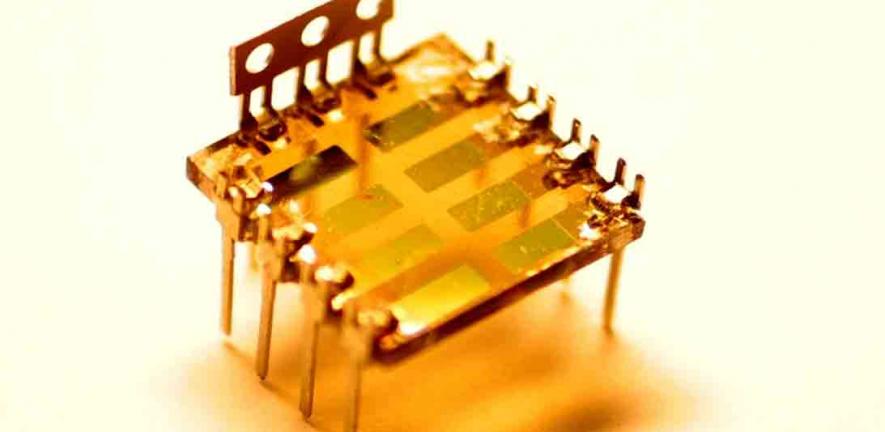
Scientists have developed a new kind of solar cell which could capture significantly more of the energy from the sun than current cells.
Scientists have developed a new kind of solar cell which could capture significantly more of the energy from the sun than current cells.
Organic and hybrid solar cells have an advantage over current silicon-based technology because they can be produced in large quantities at low cost by roll-to-roll printing. However, much of the cost of a solar power plant is in the land, labour, and installation hardware. As a result, even if organic solar panels are less expensive, we need to improve their efficiency to make them competitive.
Bruno Ehrler, the lead author on the paper, Cavendish Laboratory, the University of Cambridge's Department of Physics
New solar cells could increase the maximum efficiency of solar panels by over 25%, according to scientists from the University of Cambridge.
Scientists from the Cavendish Laboratory, the University’s Department of Physics, have developed a novel type of solar cell which could harvest energy from the sun much more efficiently than traditional designs. The research, published today in the journal NanoLetters, could dramatically improve the amount of useful energy created by solar panels.
Solar panels work by absorbing energy from particles of light, called photons, which then generate electrons to create electricity. Traditional solar cells are only capable of capturing part of the light from the sun and much of the energy of the absorbed light, particularly of the blue photons, is lost as heat. This inability to extract the full energy of all of the different colours of light at once means that traditional solar cells are incapable of converting more than 34% of the available sunlight into electrical power.
The Cambridge team, led by Professor Neil Greenham and Professor Sir Richard Friend, has developed a hybrid cell which absorbs red light and harnesses the extra energy of blue light to boost the electrical current. Typically, a solar cell generates a single electron for each photon captured. However, by adding pentacene, an organic semiconductor, the solar cells can generate two electrons for every photon from the blue light spectrum. This could enable the cells to capture 44% of the incoming solar energy.
Bruno Ehrler, the lead author on the paper, said: “Organic and hybrid solar cells have an advantage over current silicon-based technology because they can be produced in large quantities at low cost by roll-to-roll printing. However, much of the cost of a solar power plant is in the land, labour, and installation hardware. As a result, even if organic solar panels are less expensive, we need to improve their efficiency to make them competitive. Otherwise, it’d be like buying a cheap painting, only to find out you need an expensive frame.”
Mark Wilson, another author on the paper, said: “I think it’s very important that we move towards sustainable sources of energy, and it’s exciting to help explore possible solutions.”
Dr. Akshay Rao, co-author on the paper noted: “This is just the first step towards a new generation of solar cells and we are very excited to be a part of this effort.”
The research was funded by the Engineering and Physical Sciences Research Council (EPSRC).
This work is licensed under a Creative Commons Licence. If you use this content on your site please link back to this page.





